Summary
The pond is home to a variety of fish species, including largemouth bass, bluegill, crappie, and catfish. Largemouth bass is the most prevalent fish species, making it a popular spot for bass fishing enthusiasts.
Apart from fishing, visitors can indulge in various other activities, including hiking, picnicking, and camping. The nearby Cheraw State Park offers excellent camping facilities and hiking trails, making it a great place to spend a weekend with family and friends.
When it comes to fishing tips, anglers should use soft plastic baits, jigs, and cranks to catch largemouth bass. Live baits such as worms and minnows are also effective. For bluegill and crappie, small jigs, and live baits work best.
The best time to visit Middle Nebo Pond for fishing is the spring and fall seasons, when the water temperature is moderate, and the fish are active. The average temperature during the spring season (March to May) is around 70-80 degrees Fahrenheit, while during the fall season (September to November), it is around 60-70 degrees Fahrenheit.
In summary, Middle Nebo Pond is a great fishing spot for anglers looking to catch largemouth bass, bluegill, crappie, and catfish. Visitors can also enjoy various other activities, including camping and hiking, making it a great place to spend a weekend. The best time to visit is during the spring and fall seasons, and anglers should use soft plastic baits, jigs, and cranks to catch largemouth bass.
Weather Forecast
Nearby Streamflow Levels
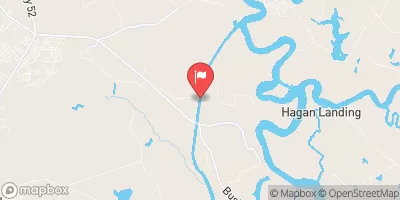 Back River At Dupont Intake Nr Kittredge
Back River At Dupont Intake Nr Kittredge
|
2300cfs |
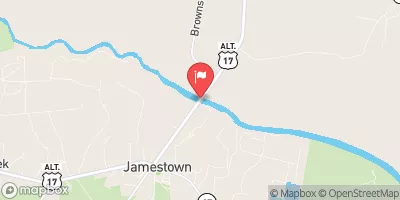 Santee River Nr Jamestown
Santee River Nr Jamestown
|
1120cfs |
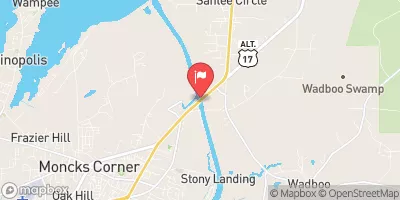 Lake Moultrie Tailrace Canal At Moncks Corner
Lake Moultrie Tailrace Canal At Moncks Corner
|
106cfs |
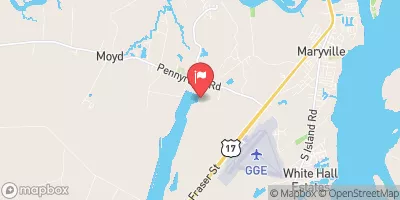 Turkey Creek Near Maryville
Turkey Creek Near Maryville
|
1cfs |
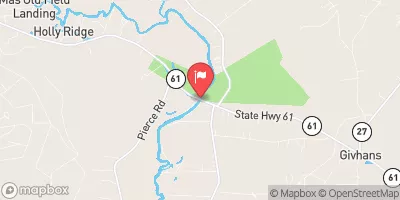 Edisto River Nr Givhans
Edisto River Nr Givhans
|
1260cfs |
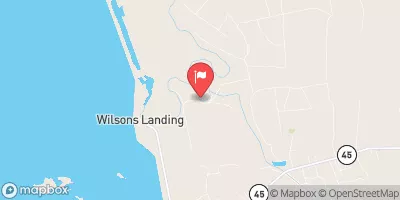 Santee River Near Pineville
Santee River Near Pineville
|
644cfs |
Angling Safety Guidelines
Check local fishing rules, seasons, size limits, and license requirements to ensure legal and sustainable angling.
Handle Fish Responsibly
Use wet hands, minimize air exposure, and release fish gently to improve survival rates when practicing catch-and-release.
Choose the Right Gear
Match your rod, line, and tackle to the species and conditions to increase success and reduce unnecessary harm to fish.
Respect the Waterway
Avoid disturbing habitat, prevent bank erosion, and keep a safe distance from spawning areas to protect ecosystems.
Keep It Clean
Pack out all line, hooks, bait containers, and trash—discarded gear can injure wildlife and degrade waterways.
Related Links
Area Campgrounds
| Location | Reservations | Toilets |
|---|---|---|
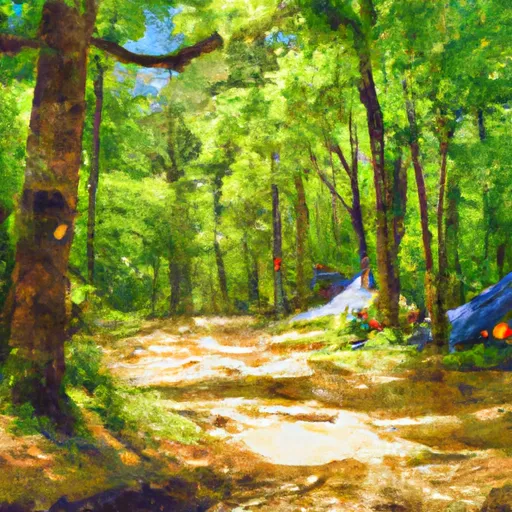 Halfway Creek Trail Camp
Halfway Creek Trail Camp
|
||
 Buck Hall Recreation Area
Buck Hall Recreation Area
|
||
 Buckhall
Buckhall
|

 Upper Nebo Pond
Upper Nebo Pond
 Lower Nebo Pond
Lower Nebo Pond
 Willow Hall Pond
Willow Hall Pond
 Twin Ponds
Twin Ponds
 Gator Pond
Gator Pond
 Radford Bates Dam
Radford Bates Dam
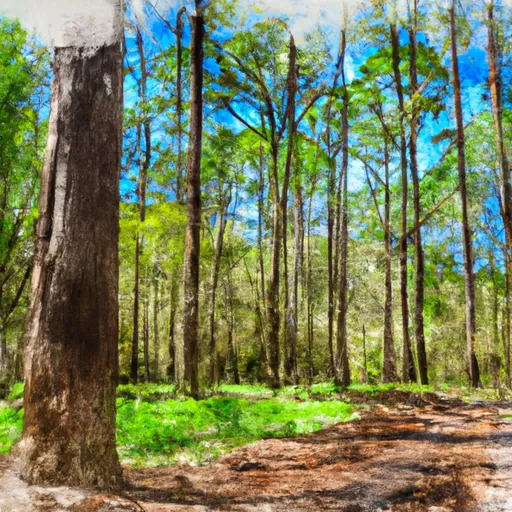 Francis Marion National Forest
Francis Marion National Forest
 Cape Romain Wilderness Area
Cape Romain Wilderness Area
 Wilderness Little Wambaw Swamp
Wilderness Little Wambaw Swamp
 Wilderness Wambaw Swamp
Wilderness Wambaw Swamp
 Palmetto Islands County Park
Palmetto Islands County Park